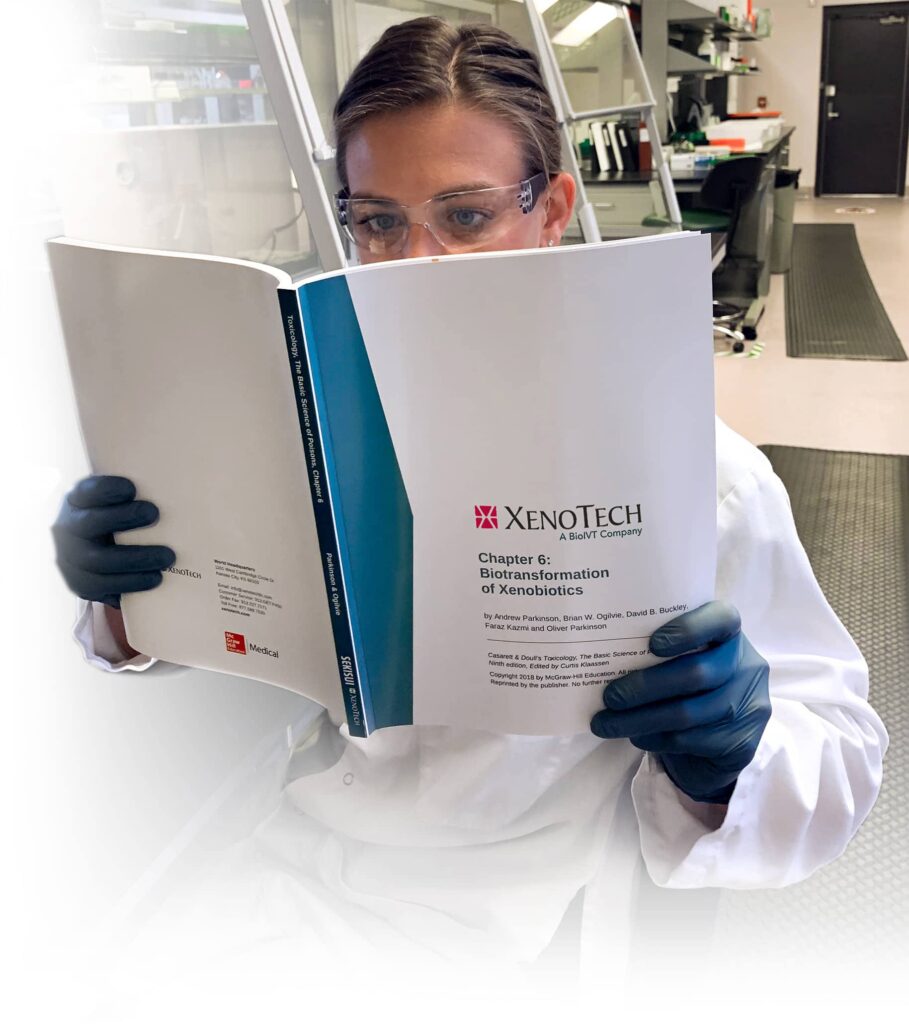
The Use of Pooled Plated Cryopreserved Human Hepatocytes for the Determination of Metabolic Clearance, CYP Induction, and Uptake Transporter Studies
Full Title
The Use of Pooled Plated Cryopreserved Human Hepatocytes for the Determination of Metabolic Clearance, CYP Induction, and Uptake Transporter Studies
Abstract
During early drug discovery and development, conventional test systems such as subcellular hepatic fractions or pooled, suspended cryopreserved human hepatocytes are used to determine metabolic clearance (intrinsic clearance; CLint) or in the case of cytochrome P450 (CYP) induction, individual cryopreserved or fresh plated primary human hepatocytes.
Conventional test systems often fail to predict CLint and half-life (t1/2) of low turnover drugs due to limitations in test system stability (≤ 4 hours), leading to inaccurate scaling of in vitro to in vivo CLint. In the case of CYP induction screening, the use of individual plated primary human hepatocytes can lead to inter-individual variability in the induction response or susceptibility to cytotoxicity. Lastly, hepatic uptake experiments are frequently conducted in pooled suspended hepatocytes but typically only with individual plated hepatocytes. In the present study we evaluated the utility of pooled plated cryopreserved human hepatocytes to determine metabolic clearance, CYP induction, and uptake transporter functionality. Briefly, individual plateable primary human hepatocytes were pooled (n = 5) using a proprietary single-freeze pooling process. In vitro metabolic clearance of a range of low to high clearance drugs (typically 1 µM) was evaluated with pooled plated hepatocytes cultured in 48‑well plates for 4 hours followed by incubations lasting up to 48 hours. Loss of parent drug was determined by LC-MS/MS analysis. For CYP induction, pooled human hepatocytes were cultured in 48-well plates and treated once daily for 3 days with MCM+ medium containing either 0.1% DMSO, rifampin (0.1- 20 μM), omeprazole (50 μM), or phenobarbital (750 μM).